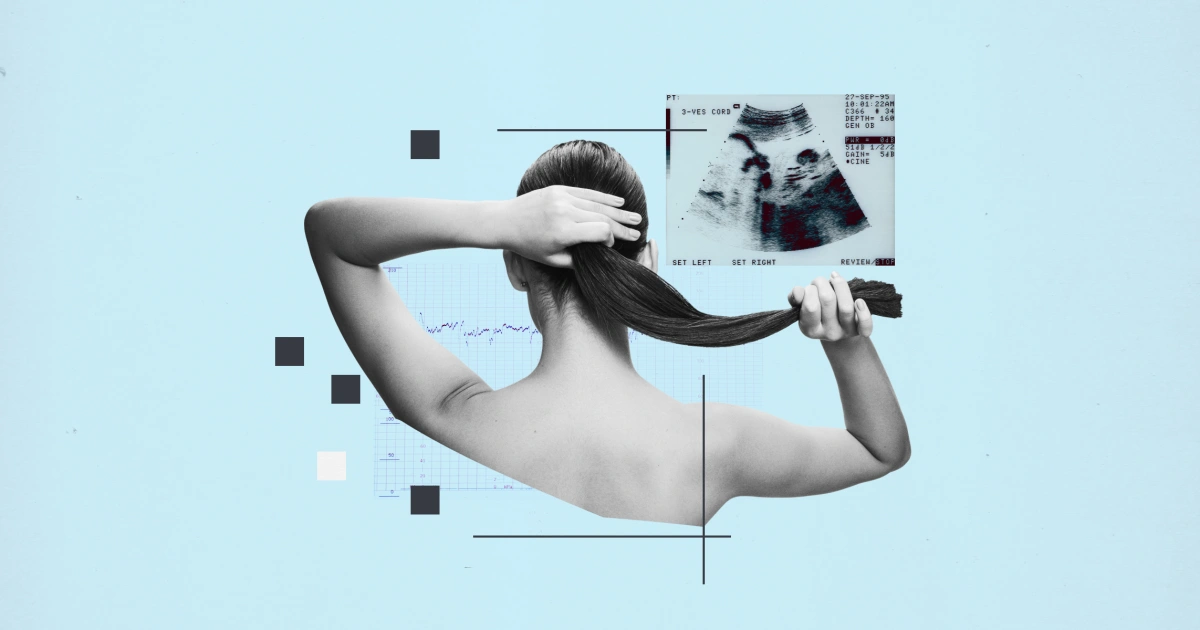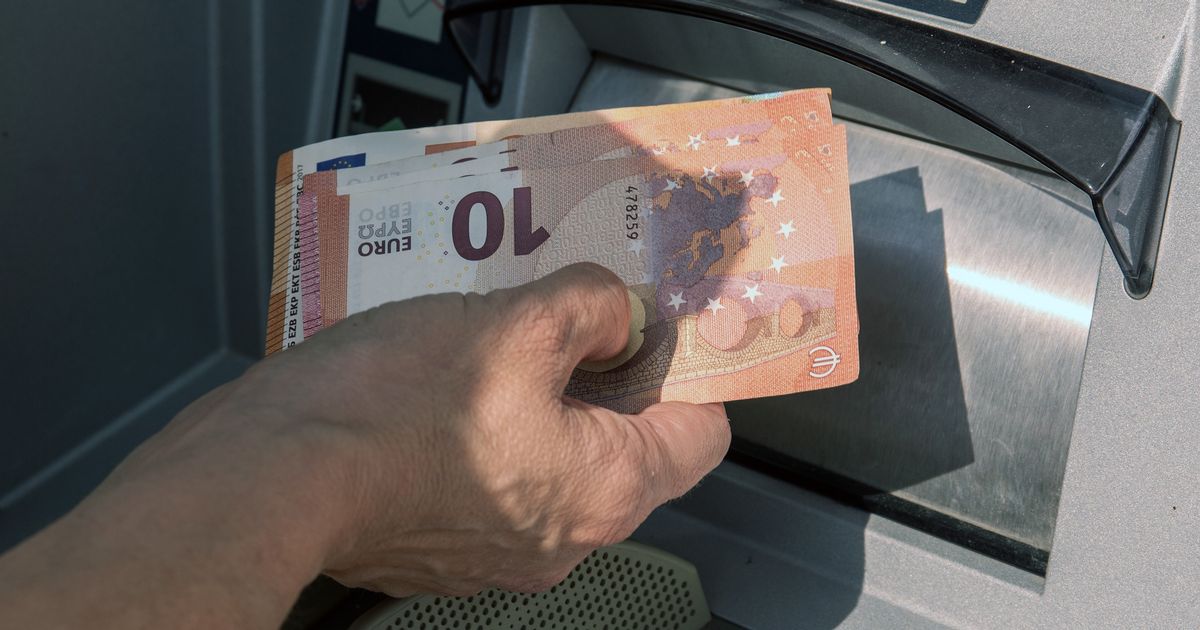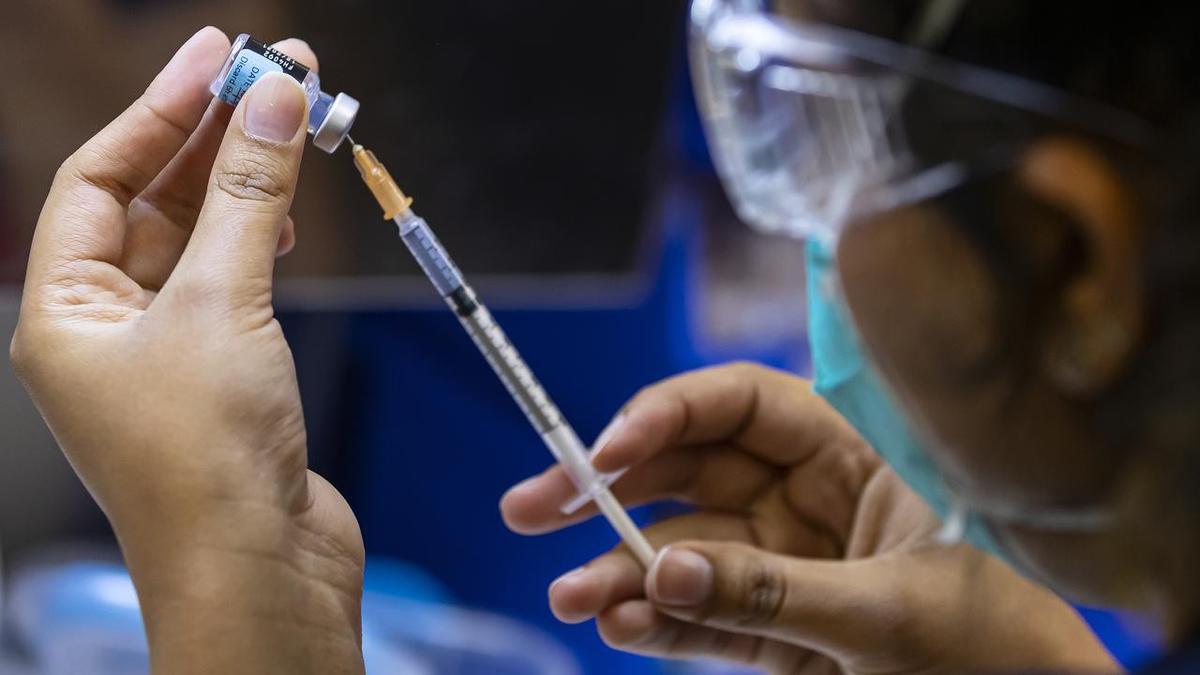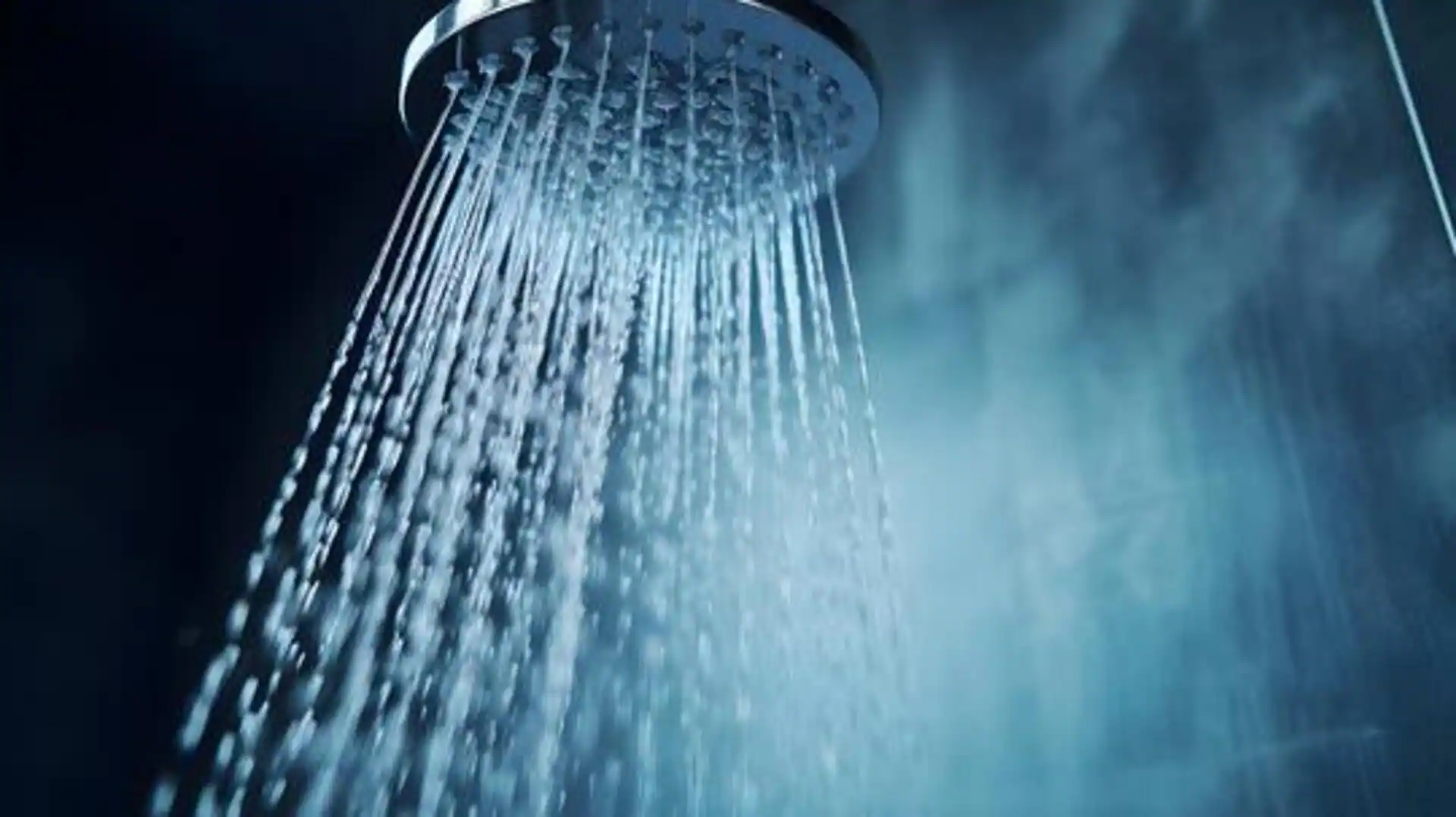
TODAY’s Never Have I Ever series offers guidance about procedures and practices our trusted health experts would never participate in. Discover why they should be avoided and which healthy practices you should turn to instead.
The promise of frizz-free hair is a tempting one. From smoothing balms to humidity-fighting sprays, there’s a seemingly endless supply of products that promise to do the trick — some more potent than others.
One in particular, the keratin treatment, also known as a Brazilian blowout or Brazilian keratin treatment, delivers sleek and shiny strands by coating the hair shaft and sealing it with heat. While its results can last for months, getting a keratin treatment while trying to conceive can be risky, Dr. Lucky Sekhon, a board-certified OBGYN, endocrinologist and infertility specialist, tells TODAY.com.
“Many chemicals in (some of) these treatments, including formaldehyde, are used to open the outer cuticle and penetrate hair better,” she explains. Research has linked the chemicals found in some keratin treatments to pregnancy complications and adverse health outcomes.
Research is still ongoing, Sekhon points out, but she wants those in the process of conceiving to be as healthy as possible. “There’s something to be said about reducing unnecessary exposure,” she adds.
Never Have I Ever: Gotten a Keratin Treatment While Trying to Get Pregnant
She’ll admit it. Sekhon has gotten a keratin treatment before and embraced the results, but she wasn’t trying to get pregnant and wouldn’t advise any of her patients in the process of conceiving to get one. (She also recommends avoiding it if you’re pregnant or breastfeeding).
As you may know, everyone already has keratin in their hair. It’s a protein essential to forming and protecting our hair’s strands, our nails and our skin. As we age, expose our hair to the elements, including the sun, do our hair in tight styles, and use dyes and texturizers, the keratin starts to deplete, making hair look duller and, oftentimes, frizzier. Keratin treatments replenish the lost keratin by restoring the proteins, preserving the hair’s bonds, resulting in a sleek look.
The issue is that once the keratin treatment has been applied to wet hair, you must apply heat in order for it to penetrate the hair shaft and cure. “When the solution is heated, the formaldehyde in the products is released into the air as a gas. If the salon is not properly ventilated, both the salon professionals and their clients are at risk of inhaling the released formaldehyde,” the U.S. Food and Drug Administration states.
Why?
Formaldehyde, sometimes listed as formalin and methylene glycol, is a strong-smelling, colorless gas that can cause watery eyes, burning sensations in the eyes, nose, and throat, coughing, wheezing, nausea and skin irritation, says the FDA.
It’s in most things you already use, including cosmetics, disinfectants, paper products, adhesives and building materials, among other things, but at a certain concentration, formaldehyde can be dangerous. A number of studies have linked exposure to formaldehyde to certain cancers in both animals and people, and kidney injuries, Sekhon points out, even from keratin treatments branded as formaldehyde-free. They’ll sometimes still have low levels of the chemical mixed in or other harmful preservatives in place of formaldehyde.
Those who work with formaldehyde in high concentrations, including lab workers and hair stylists, are the most susceptible to increased chances of fertility difficulties and miscarriage, the U.S. Centers for Disease Control and Prevention says.
While research is still underway, “current exposure limits were written for healthy non-pregnant workers and might not protect a developing fetus,” the CDC notes, so Sekhon says to err on the side of caution.
What to Do Instead
Rather than opting for a keratin treatment, “keep things as simple as you possibly can during that time frame,” recommends Sekhon. Wash and condition your hair regularly without unnecessary chemicals from dyes and treatments.
If you’re trying to conceive and you’ve already gotten the treatment, don’t worry, says Sekhon. Reduce your exposure by applying less heat to your hair so that the chemical won’t aerate in your home. She also recommends sleeping with a fresh towel on your pillow every night and washing your hands after touching your hair.
“You can’t live in a bubble,” Sekhon recognizes, “but I think that there are some things that you can temporarily give up.”



